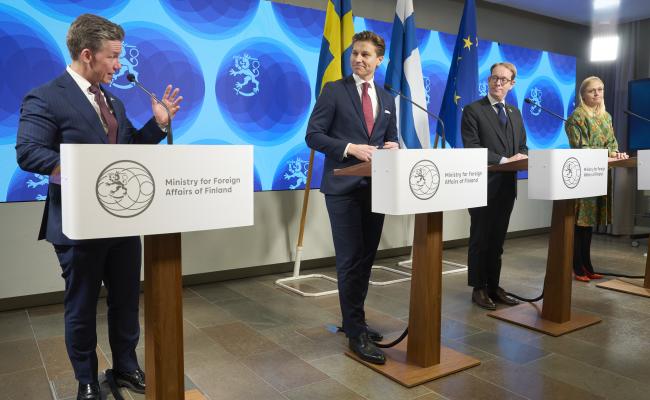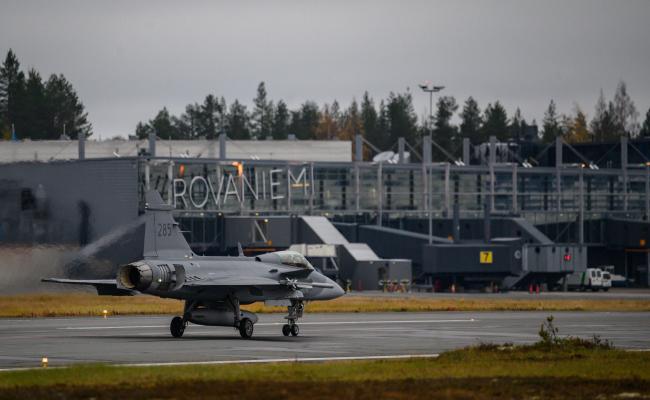Finland Closes Border to Russia on Thursday
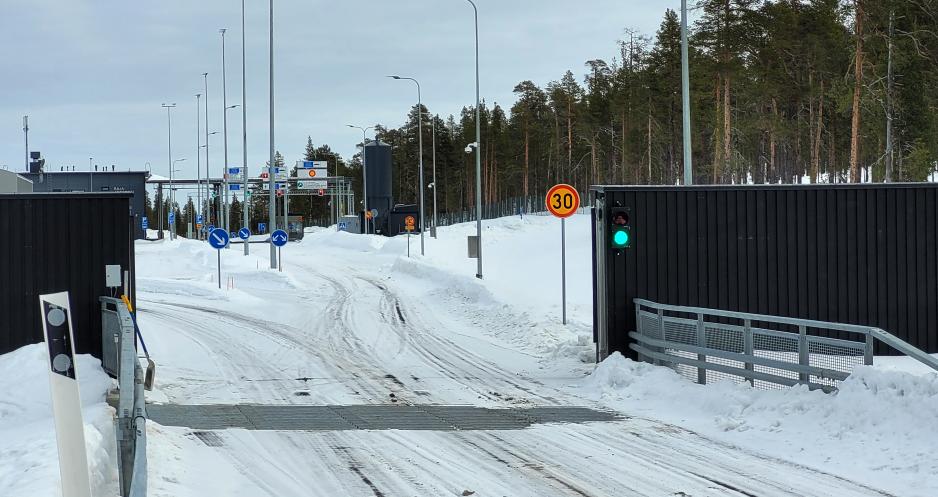
Here is Raja-Joseppi, the northernmost border crossing point between Finland and Russia. Since last Friday, all traffic over the Finnish-Russian border has been concentrated at the Raja-Jooseppi border crossing in Northern Finland. Night to Thursday, this border station will also be closed. (Photo: Arne O. Holm)
Finland is closing the last open border crossing point to Russia as of Thursday. "Through this decision, Finland's national security is protected against Russia's hybrid operation," says Minister of the Interior Mari Rantanen.
On Tuesday, the Finnish government decided that Raja-Jooseppi, the last open border crossing point to Russia, will be closed.
The shutdown applies from Thursday November 30th until December 13th.
“Russia is enabling the instrumentalization of people and guiding them to the Finnish border in harsh winter conditions. Finland is determined to put an end to this phenomenon,” says Prime Minister Petteri Orpo (National Coalition Party).
Since the beginning of August, almost 1,000 third-country nationals have arrived in Finland without a visa via the border crossing points at the eastern border. Last Wednesday, this figure was 700. Most of them have applied for asylum in Finland.
Finnish authorities are considering that this is a controlled migration wave under the auspices of Russian authorities and other actors connected to international crime.
“In the current situation, it is necessary to close the entire eastern border. We have taken this decision to protect Finland's national security against this Russian hybrid operation,” says Minister of the Interior Mari Rantanen (Finns Party).
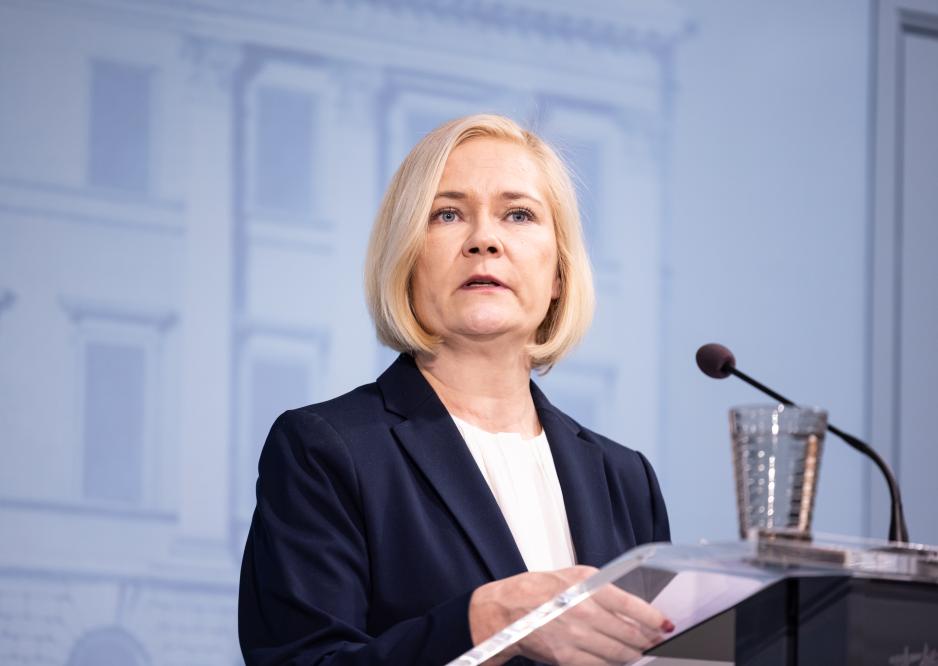
On Tuesday, Finland's Minister of the Interior Mari Rantaned (pictured) and Prime Minister Petteri Orpo announced that the entire eastern border to Russia will be closed. (Photo: Lauri Heikkinen/the Finnish Government)
Step-by-step austerity
Finland has a 1340-kilometer-long country border with Russia. The Finnish shutdown of the border has been conducted in stages.
In the first stage, the southeast border with the Vaalimaa, Nuijamaa, Imatra, and Niirala crossing points was closed from Saturday, November 18th. The decision applies until February 18th.
From Friday, November 24th the crossing points Vartius, Kuusamo, and Salla were closed until December 23rd. All border crossings were then concentrated at Raja-Jooseppi in Lapland – the northernmost border station – which will now also be closed.
As of 30th November, it will only be possible to apply for asylum at open border crossings in air and sea traffic at Finland's outer borders. Finnish citizens are also referred to the border crossings at airports and ports.
At the ninth border station on the eastern border, Vainikkala, only freight traffic is allowed and it will remain open.
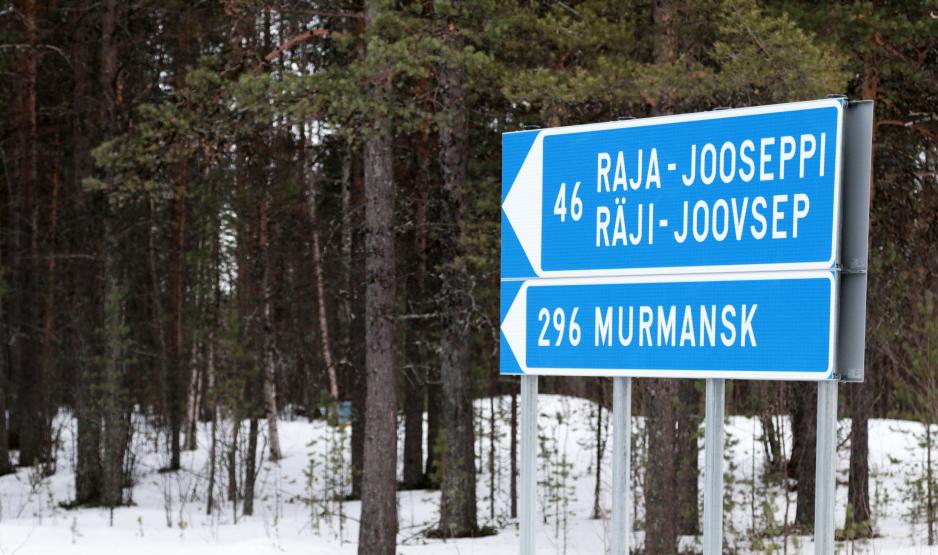
The Finnish border station Raja-Joseppi is located about 242 kilometers, or a 3,5-hour drive, from the city of Murmansk in northwest Russia. (Photo: Arne O. Holm)
The Arctic Route
In beeline, Raja Jooseppi is located 15 miles from Storskog, the only border crossing point between Norway and Russia.
Recently, questions have been raised as to whether there may also be a new flow of refugees towards Storskog – with reference to the nearly 5,500 who came across the border from Russia in the fall of 2015 and applied for asylum in Norway. At the end of the same year, after Storskog was practically closed to asylum seekers, Finland also experienced a refugee flow via Russia.
As of now, there have not been any reports of increased traffic over Storskog.
"We are following the situation closely and it may be of interest to us to close the border with short notice when needed," said Norwegian Minister of Justice and Public Security Emilie Enger Mehl (Center) to NTB earlier in November.
Norway's prime Minister Jonas Gahr Støre (Labor) has also recently confirmed to TV2 that the government is prepared to close the border if necessary.
Last fall, the preparedness in the Norwegian border area to Russia was strengthened in light of the Russian mobilization of reserve forces for the war in Ukraine. Closing the border was also a topic of conversation then.
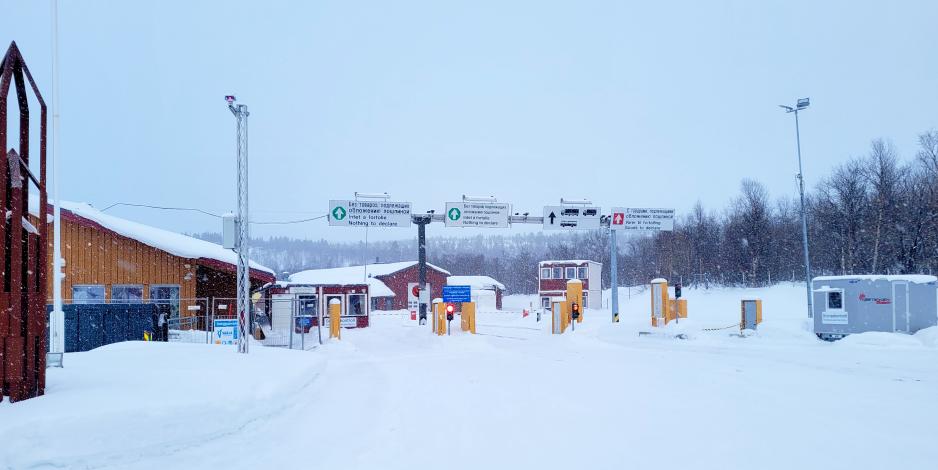
Storskog border station in Sør-Varanger, about 20 kilometers from Kirkenes at the interstate highway to Russia. This is Norway's only border crossing point to Russia and thus also to a state outside the Schengen cooperation. (Photo: Arne O. Holm)
Various interpretations
In 2015-2016, the flow of refugees via the Arctic route was also understood by many in Norway and Finland as deliberate Russian policy and some also pointed directly to Russian hybrid warfare.
Senior Researchers Arild Moe and Lars Row at the Fridtjof Nansen Institute analyzed the events at the Norwegian-Russian border that fall and found other plausible explanations.
"As a whole: The most likely explanation for the sudden flow of refugees was quite simply that migrants from various parts of the world, with varying degrees of protection needs, were made aware of the possibility of getting to the Schengen area in a cheaper and, not least, a less risky way than before," they concluded in an article in Nordisk Østforum.
Reminder and diversion
Last week, Finland's Prime Minister Orpo gave an account of the security at the eastern border in parliament. In this, he elaborated on the understanding of Moscow's role and intentions connected to the influx of migrants without visas.
“Russia has been trying for years to sow discord, undermine unity in Europe, and weaken the Western alliance and the international rules-based order. What is happening now at the EU border is one act in this play,” said Orpo and continued:
“Instrumentalisation of migration is a typical tool for exerting influence. Its aim may be to destabilize Finland by creating uncertainty and causing divisions in our society. At the same time, Russia wants to remind Finland that as a destination country for instrumentalized migration, Finland is dependent on and vulnerable to Russia’s actions. A more general aim is to undermine Western support for Ukraine by drawing attention to the ongoing war.”
With its entry into NATO, Finland has also been prepared to be exposed to threats of various kinds, the prime minister stated.
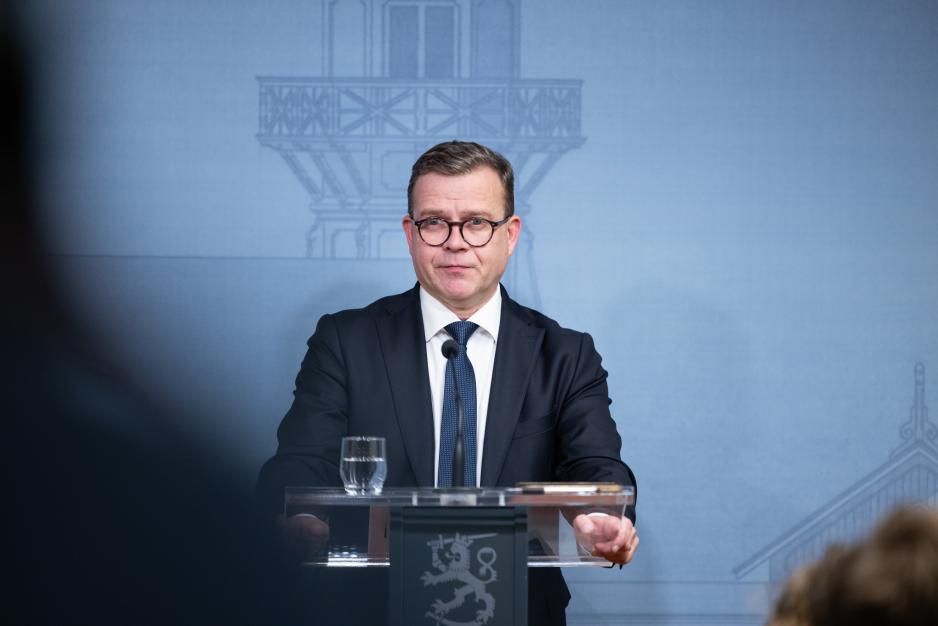
Finland has been prepared for influence operations and will not waver, stated Prime Minister Petteri Orpo in the recent presentations on border security in parliament. (Photo: Stina Virkamäki/the Finnish Government)
Some border dialogue
Orpo also spoke of Finnish contact with the Russian side:
“We have communicated with Russia about the situation to the extent that this has been possible, through diplomatic channels and normal contacts at the border. Russia has caused the situation and can also put an end to it.”
“Russia’s narrative is that closing the border is an “anti-Russia policy” intended to complicate the everyday lives of people living between Finland and Russia. It is not about that. The aim of each decision is to return to a normal situation at the border as soon as possible. That is also in Russia’s interests," he said.



